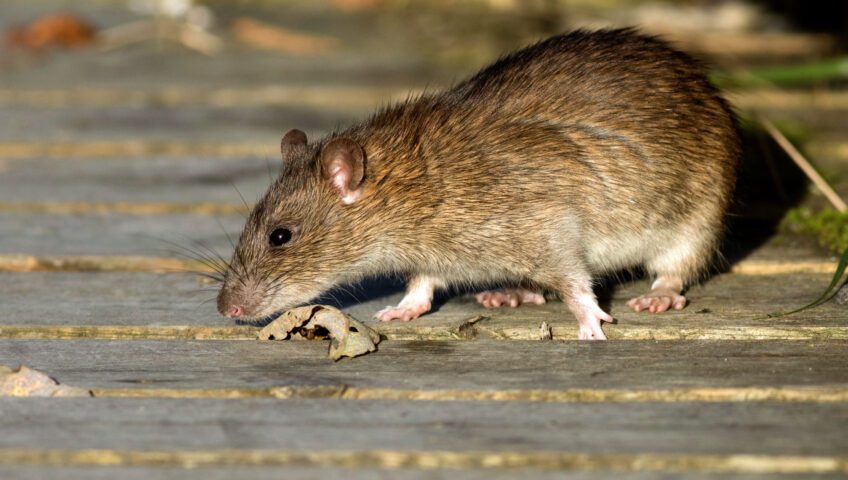People can unintentionally attract rats into their homes through a variety of practices and conditions that create an inviting environment for these pests. Rats are resourceful creatures that can find shelter, food and water in human habitats.
What you can do
Here are some common things homeowners do that can attract rats into their homes:
Improper Food Storage: Leaving food out in the open, not sealing food containers properly, or failing to clean up crumbs and spills can provide a source of sustenance for rats. Pantries, countertops and dining areas with easily accessible food are prime targets.
Clutter: Messy spaces offer rats plenty of hiding spots and safe routes to move around without being noticed. Stacks of boxes, piles of clothing and neglected storage areas become cozy nesting sites.
Garbage mismanagement: Dumpsters or trash cans that are left uncovered or not emptied regularly provide a buffet of discarded food and scraps. Rats are skilled scavengers and will readily take advantage of these opportunities.
Unsealed entry points: Rats can fit through incredibly small openings due to their flexible bodies. Holes or cracks in walls, gaps around windows and doors, and poorly sealed utility entrances provide access points for rats.
Overgrown vegetation: Shrubs, vines and bushes growing close to the exterior of the house create pathways for rats to move from outdoor areas into the home. Overgrown vegetation also provides them with shelter.
Water sources: Leaky pipes, dripping faucets and standing water attract rats in search of hydration. Areas with excess moisture, such as basements and crawl spaces, can become attractive habitats.
Pet food storage: Leaving pet food out overnight or storing it in bags that aren’t sealed properly is an open invitation for rats. They’re drawn to the scent of food and pet food can be an easy target.
Ignoring signs of infestation: Homeowners who ignore or underestimate early signs of rat activity, such as droppings, gnaw marks or strange noises, inadvertently allow the infestation to grow unchecked.
Nesting resources: Storing old newspapers, magazines, and cardboard in basements and attics provide nesting material for rats. This also includes leaving cardboard boxes lying around, which rats can chew through to create nests.
Lack of regular cleaning: Regular cleaning helps eliminate crumbs, spills and food residue that attract rats. Neglecting routine cleaning makes the environment more attractive to these pests.
Bird feeders: Seeds on the ground are a convenient food source for rats. Cleaning up fallen seeds and positioning bird feeders away from the home helps eliminate that attraction.
Keep them out!
To prevent rats from being drawn to your home, it’s critical that you address all of these factors on a consistent basis. Please note, however, that even the most careful efforts can sometimes fail to keep them out. Slug-A-Bug is a local pest control expert you can trust if you suspect an infestation. Call us for a free, no-obligation assessment at (321) 259-7844.
For more information
https://www.tomsguide.com/how-to/7-things-that-attract-rats-and-mice-to-your-home
https://www.floridahealth.gov/environmental-health/rodents/index.html
https://bestlifeonline.com/news-attracting-rats/
https://edis.ifas.ufl.edu/publication/IN1397
https://birdfeederhub.com/how-to-keep-rats-away-from-bird-feeders/
